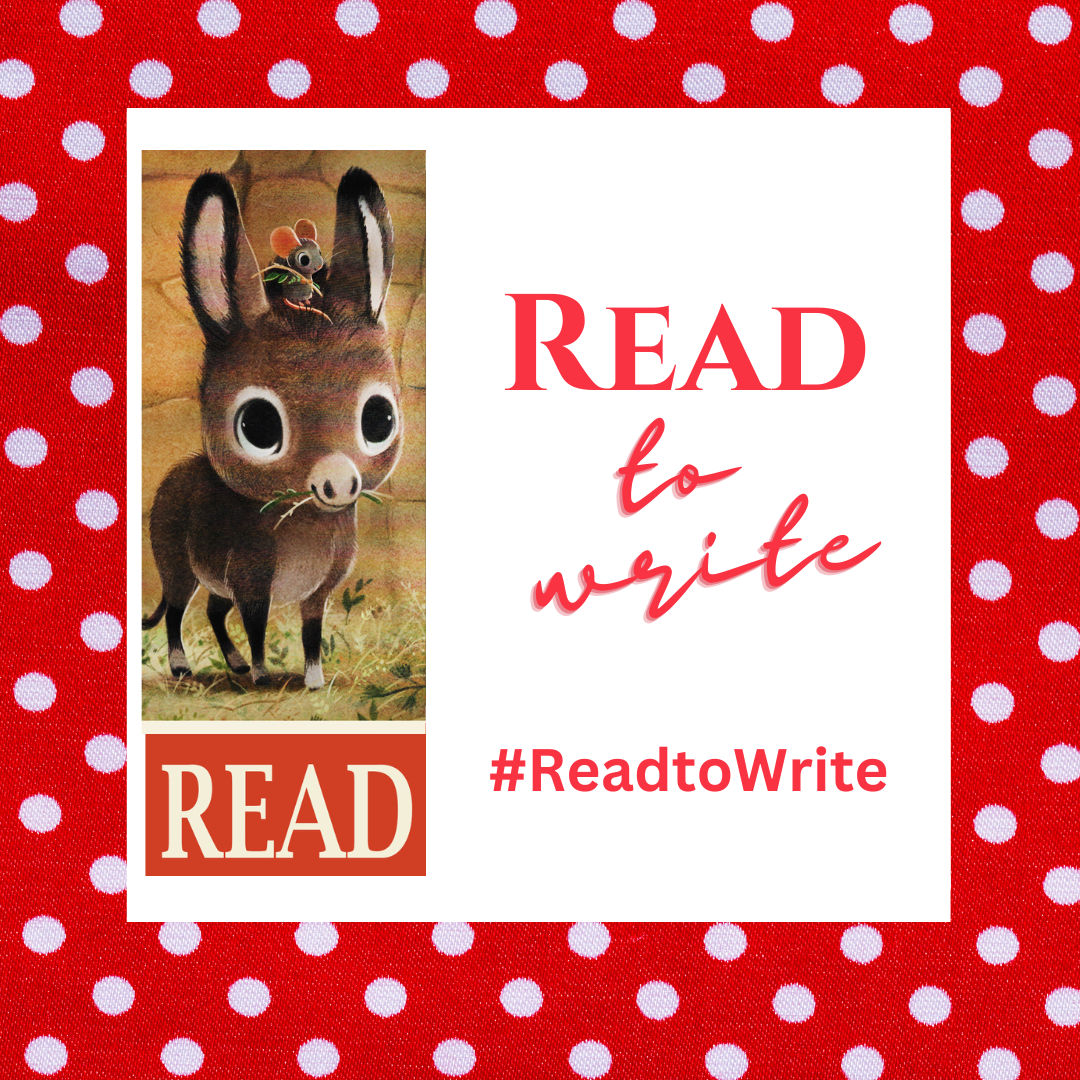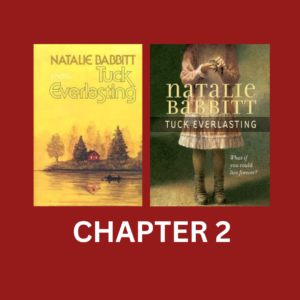
Chapter 2 of Tuck Everlasting provides us with a beginning Character Study of Mae Tuck, as she is about to enter a new chapter of her life — a New Dawn.
And so, at dawn, that day in the first week of August, Mae Tuck woke up and lay for a while beaming at the cobwebs on the ceiling.” Babbitt, Tuck, pg.. 9.
In terms of the seasons of her life, Mae is nearing the Autumn of her life. The Cobwebs Are Indicative of Time, but This is Just Before the Dawn of Mae’s Autumnal Life — Mae’s Life Is In Late August in terms of the Seasons of Her Life. September is the Beginning of Autumn.
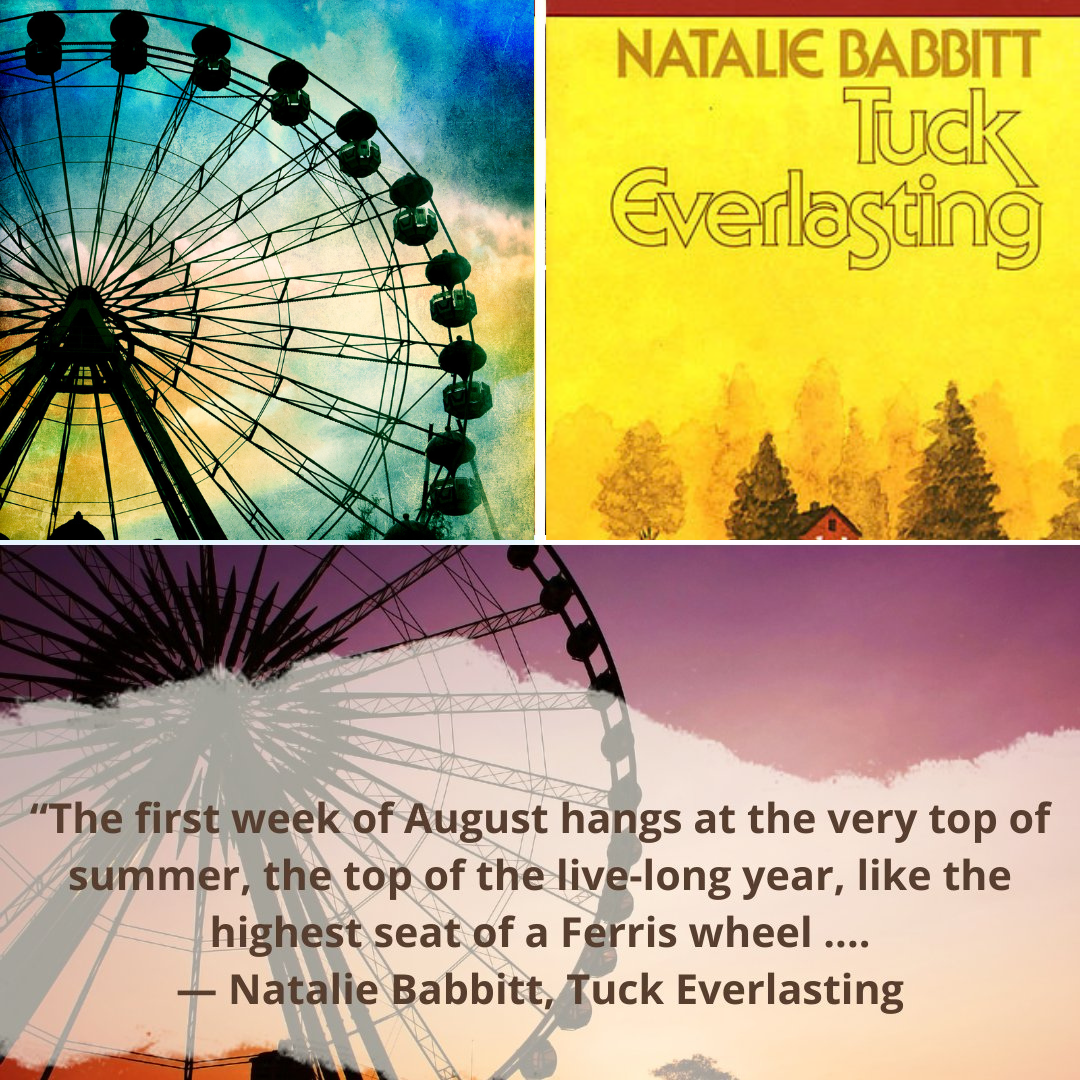
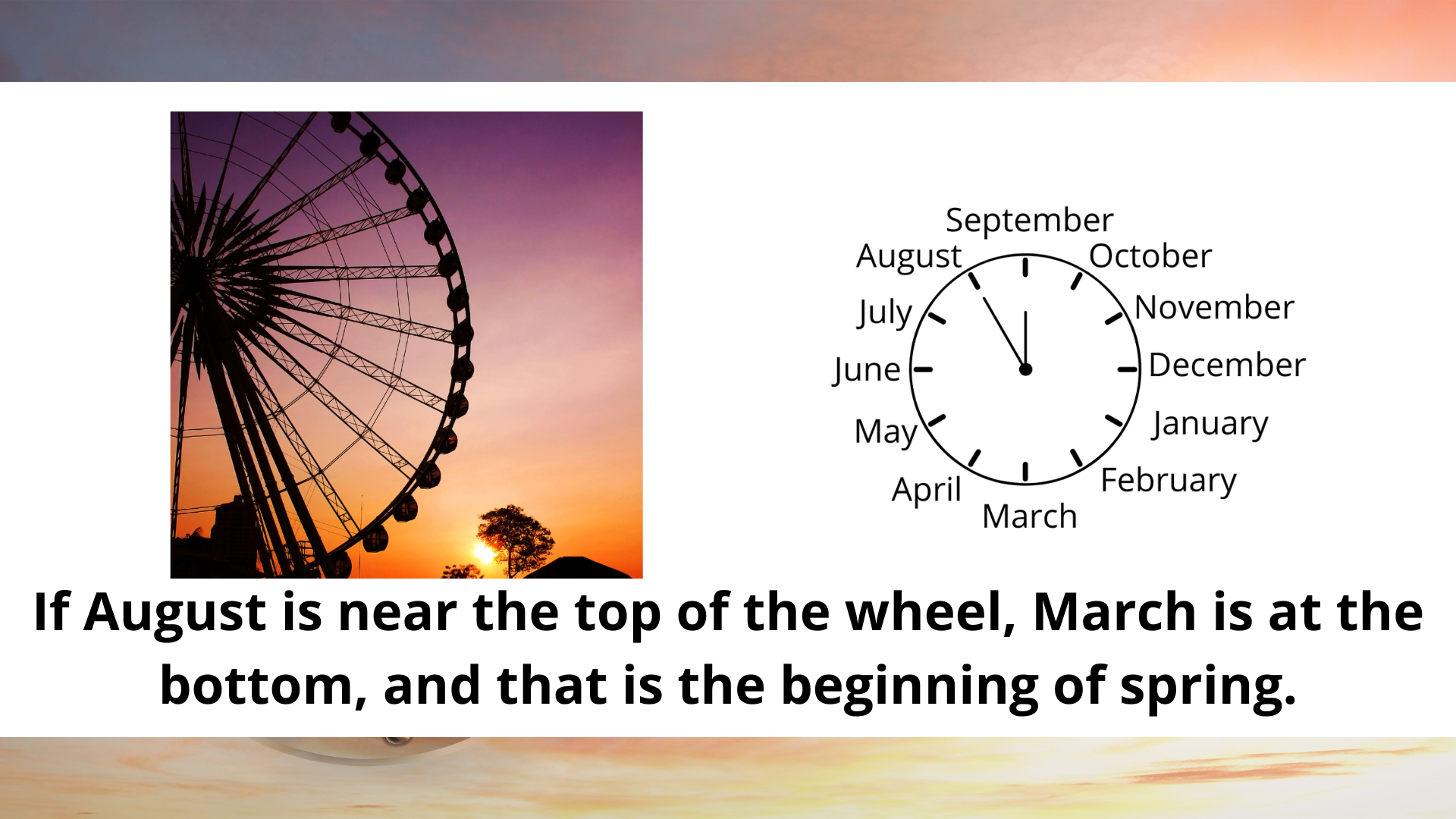
Again. September is the Beginning of Autumn.
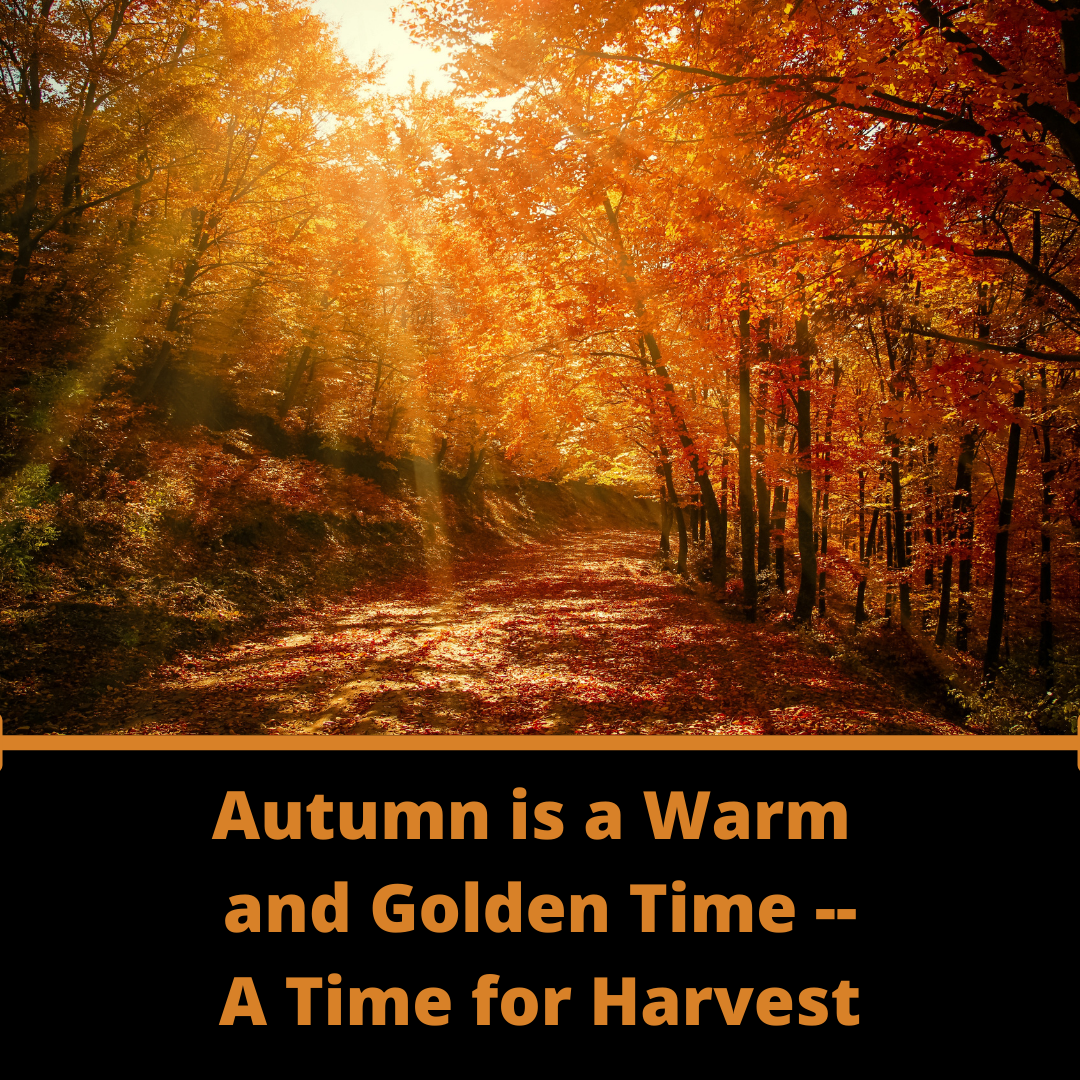
In the Prologue, Babbitt began the book by mentioning the month of August, which is a month that lands at the end of summer–just before the beginning of fall. In literature, seasons are often symbolic.
Summer is the time of youth and young adulthood.

Summer is a time of hot, pulsating energy.

In the book, Tuck Everlasting, Winnie is in the Summer of her life.
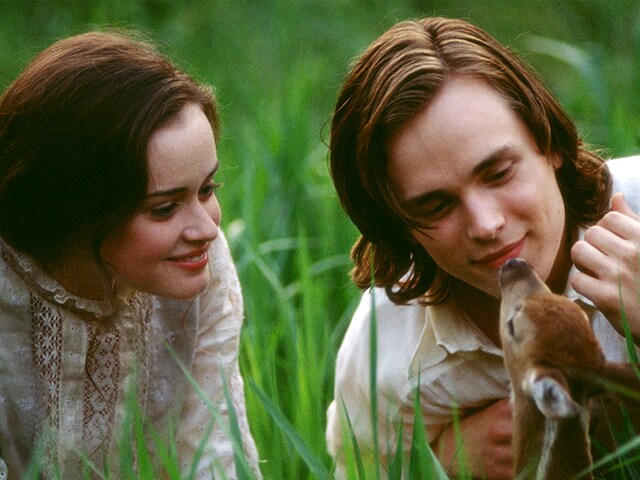
Jesse appears to also be in the summer of his life, too, but he is not, and therein, the plot thickens.
Symbolically, autumn is near the end of a person’s life. It is a slower, more golden time. It is a time for reflection and harvest. Mae and Tuck are trapped in time near the early autumns of their lives.
“The first week of August hangs at the very top of summer, the top of the live-long year, like the highest seat of a Ferris wheel when it pauses in its turning.” Natalie Babbitt
In her own words, Babbitt says that August is NEAR the top of the Ferris wheel.
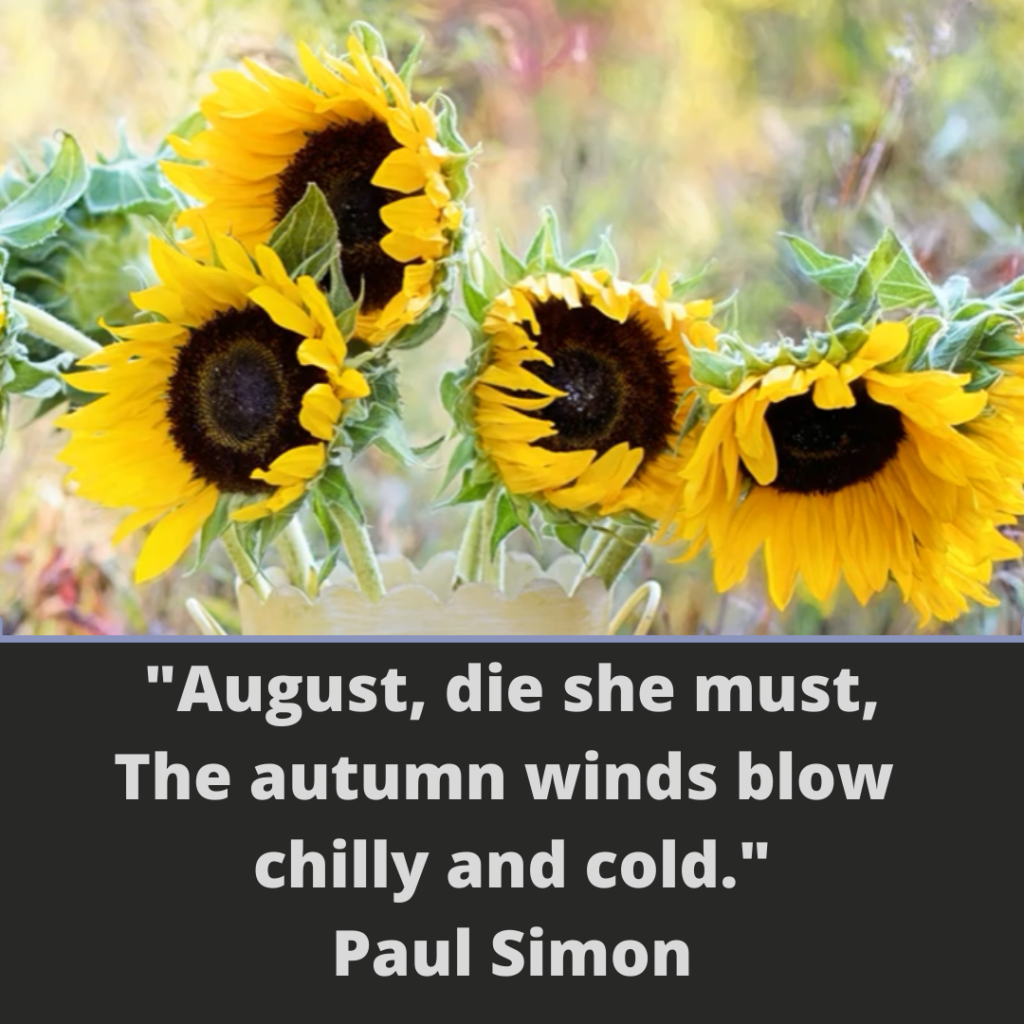
August is the time when the winds begin to “grow chilly and cold.”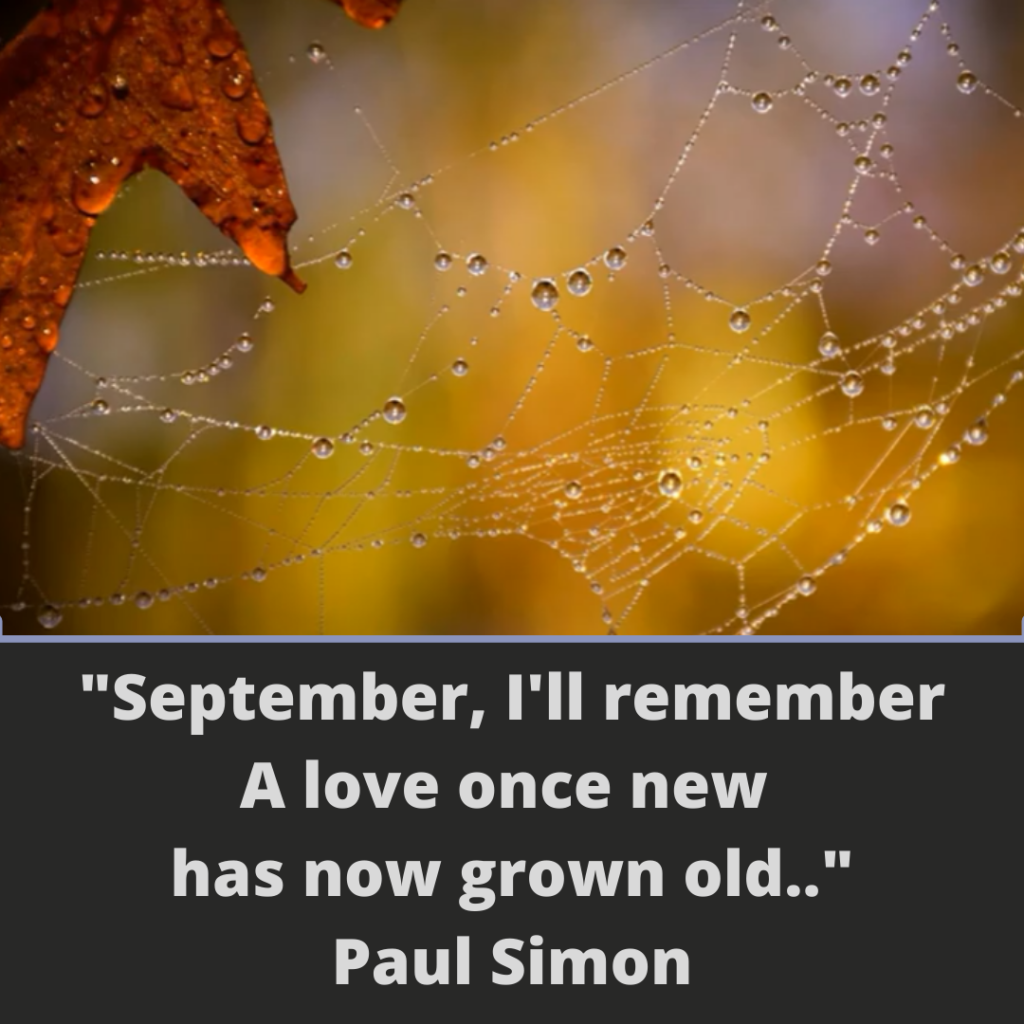
At the beginning of Chapter 2, Mae is undertaking a new mission, In terms of that mission, she is emarking upon a NEW DAWN, but she herself is egint toward the Autumn of her life.
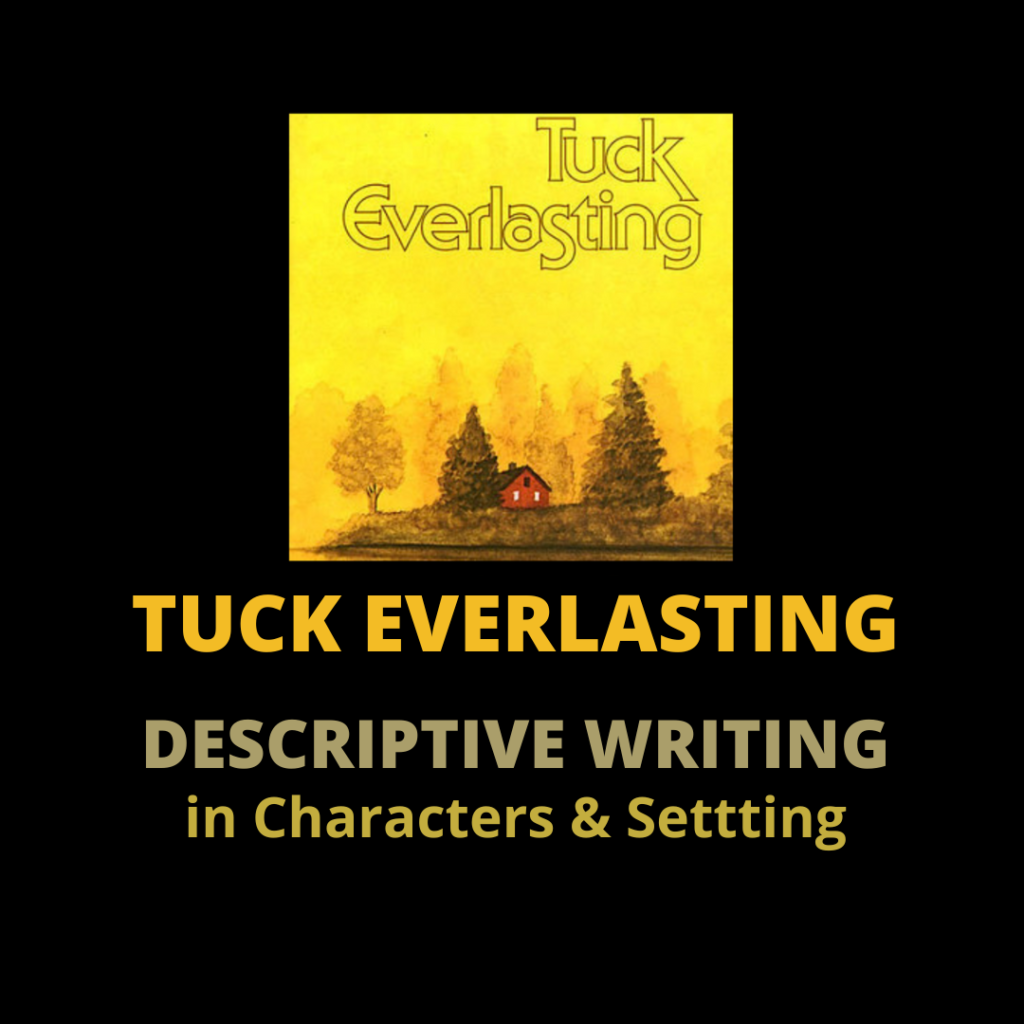
Description of Mae Tuck
Mae was “..a great potato of a woman with a round, sensible face and calm brown eyes. …
Mae Tuck climbed out of bed and began to dress: three petticoats, a rusty brown skirt with one enormous pocket, an old cotton jacket, and a knitted shawl which she pinned across her bosom with a tarnished metal brooch. The sounds of her dressing were so familiar to Tuck that he could say, without opening his eyes, ‘You don’t need that shawl in the middle of the summer.’
Mae ignored this observation. Instead, she said, ‘Will you be all right? We won’t get back till late tomorrow.’ …
“Mae sat on the edge of the bed and pulled on a pair of short leather boots so thin and soft with age it was a wonder they held together. Then she stood and took from the washstand beside the bed a little square-shaped object, a music box painted with roses and lilies of the valley. It was the one pretty thing she owned and she never went anywhere without it. Her fingers strayed to the winding key on its bottom, but glancing at the sleeping Tuck, she shook her head, gave the little box a pat, and dropped it into her pocket. Then, last of all, she pulled down over her ears a blue straw hat with a drooping, exhausted brim. But, before she put on the hat, she brushed her gray-brown hair and wound it into a bun at the back of her neck. She did this quickly and skillfully without a single glance in the mirror. Mae Tuck didn’t need a mirror, though she had one propped up on the washstand. She knew very well what she would see in it; her reflection had long since ceased to interest her. For Mae Tuck, and her husband, and Miles and Jesse, too, had all looked exactly the same for eighty-seven years.” Babbitt, Tuck, pgs. 10-12.
In Chapter 2, we get a glimpse of the Conflict in the book Tuck Everlasting.
What is the Purpose of Conflict in Writing?
“Conflict in writing serves several important purposes, including:
“Conflict is the driving force of a story, creating tension and launching the plot forward. It provides a sense of direction and motion, linking plot points together and giving the story a clear beginning, middle, and end.
“Conflict reveals a character’s true nature, motivations, values, and weaknesses as they face challenges and obstacles.
At the end of Chaptr 2, we lear that the Tucks have been frozen in time for 87 years. When Babbitt dropped that hint, she provided the reader with Foreshadowing:
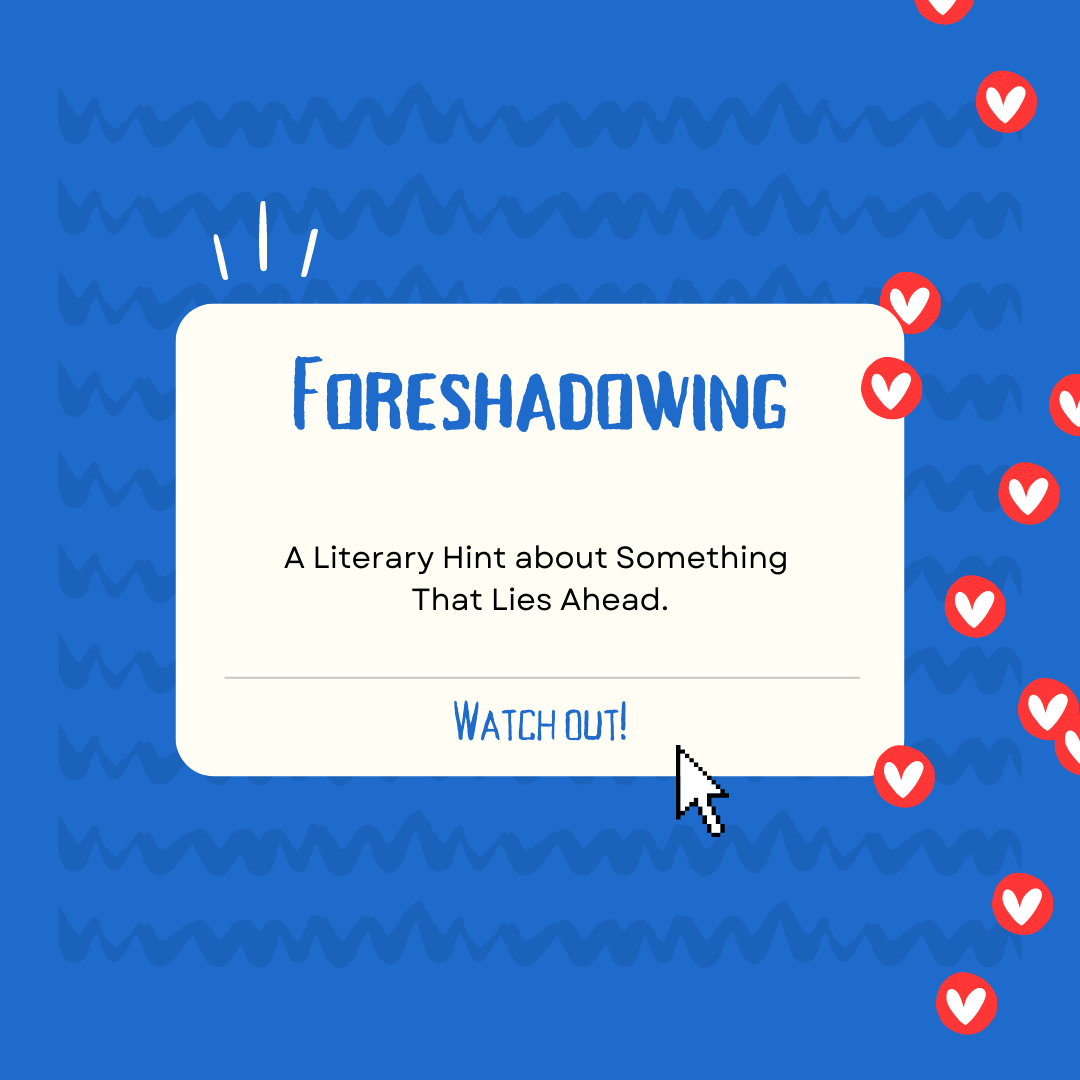
What Is the Purpose of Foreshadowing in Writing?
Discover more from Jacki Kellum
Subscribe to get the latest posts sent to your email.
